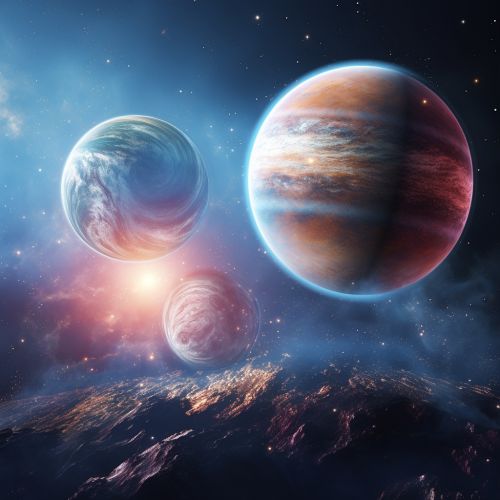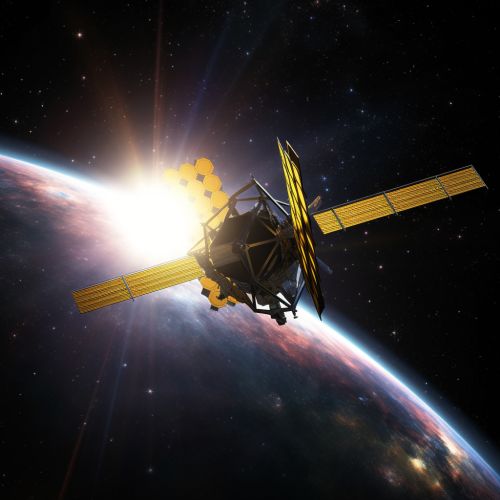The Science of Exoplanets and Their Potential Habitability
Introduction
Exoplanets, also known as extrasolar planets, are celestial bodies that orbit stars outside our solar system. The study of these planets, their characteristics, and the potential for habitability is a rapidly evolving field within astrophysics. This article delves into the science of exoplanets, their discovery methods, classification, and the criteria that determine their potential habitability.

Discovery and Detection Methods
The discovery of exoplanets has been made possible through several detection methods, each with its unique advantages and limitations. These methods include the radial velocity method, transit method, direct imaging, and gravitational microlensing.
Radial Velocity Method
The radial velocity method, also known as Doppler spectroscopy, is one of the most successful techniques used in the detection of exoplanets. It involves observing the Doppler shift in a star's spectral lines caused by the gravitational pull of an orbiting planet.


Transit Method
The transit method involves observing the periodic dimming of a star's light as an exoplanet transits, or passes in front of it. This method not only allows for the detection of an exoplanet but also provides information about its size and atmospheric composition.
Direct Imaging
Direct imaging involves capturing images of exoplanets directly. This method is challenging due to the brightness of the host star, which often outshines the planet. However, advancements in technology have made it possible to directly image a few exoplanets.
Gravitational Microlensing
Gravitational microlensing involves observing the bending of light from a distant star due to the gravitational field of an exoplanet. This method is particularly useful in detecting low-mass planets that are far from their host stars.
Classification of Exoplanets
Exoplanets are classified based on their size, composition, and orbit. The main types include gas giants, ice giants, super-Earths, and Earth analogs.


Gas Giants
Gas giants, also known as hot Jupiters, are exoplanets that are similar in size to Jupiter but orbit very close to their host stars. These planets are primarily composed of hydrogen and helium.
Ice Giants
Ice giants are similar to Uranus and Neptune in our solar system. They are composed mainly of heavier volatile substances such as water, ammonia, and methane.
Super-Earths
Super-Earths are exoplanets that are larger than Earth but smaller than gas giants. They may be composed of rock, water, or gas, and their surface conditions can vary widely.
Earth Analogs
Earth analogs are exoplanets that are similar to Earth in size and orbit. They are of particular interest in the search for extraterrestrial life due to their potential for habitability.
Potential Habitability
The potential habitability of an exoplanet is determined by several factors, including its size, composition, orbit, and the characteristics of its host star. Key considerations include the presence of liquid water, a stable climate, and a protective atmosphere.


Habitable Zone
The habitable zone, also known as the Goldilocks zone, is the region around a star where conditions might allow for the existence of liquid water on an exoplanet's surface. This zone is critical in determining an exoplanet's potential for life.
Atmospheric Composition
The composition of an exoplanet's atmosphere plays a crucial role in its potential habitability. An atmosphere with the right combination of gases can regulate temperature, protect the planet from harmful solar radiation, and potentially support life.
Stellar Characteristics
The characteristics of the host star, including its size, temperature, and activity, can significantly impact an exoplanet's potential for habitability. For instance, stars that are too active can strip away an exoplanet's atmosphere, making it uninhabitable.
Future Directions
The study of exoplanets and their potential habitability continues to evolve with advancements in technology and observational techniques. Future missions, such as the James Webb Space Telescope, promise to provide even more detailed information about these distant worlds and their potential for life.


